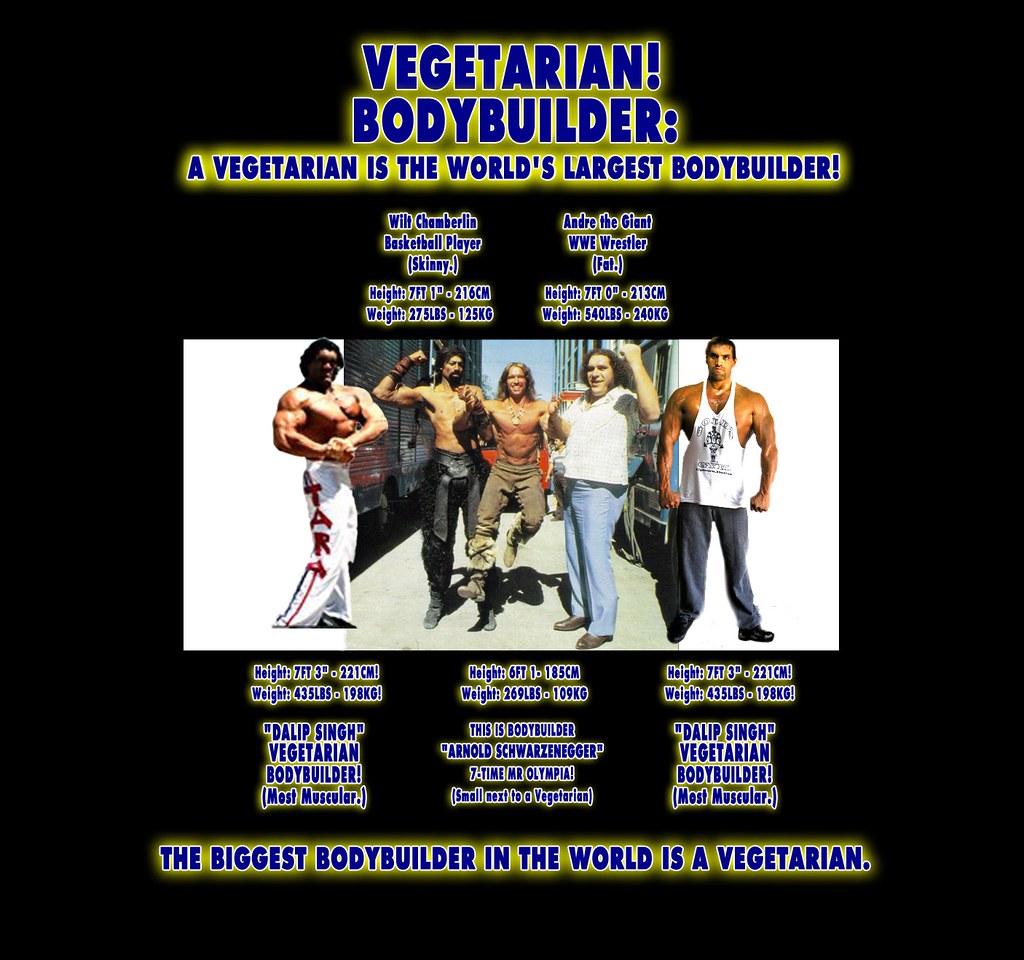The global prevalence of overweight and obesity as a public health concern is well established and reflects the overall worldwide lack of success in achieving and maintaining a healthy body weight. The cornerstone of therapy has been diet, exercise, and behavioral modification. This enigma provides some evidence as to the complexity of obesity and weight management. The achievement of a healthy body weight is far more complex than a simple reduction of caloric intake relative to energy expenditure. The factors affecting obesity are complicated, dynamic, and interrelated and involve numerous host factors as well as the environment.
This chapter will review the physiological basis of scientifically validated weight loss diets, their effects on energy expenditure, body weight, body composition, and metabolic parameters. The health issues, mainly overweight and obesity are the growing concerns nowadays due to the associated factors and lifestyle changes which significantly has increased the individual's health care expenditures. Fad diets are promoted as the easiest and simplest way of shedding the extra weight despite of availability of a number of treatments available. The prevention and treatment measurements, including, modification in lifestyle, dietary pattern and physical activity are the foundation of weight loss. However, the standard treatment measurements are not effective for certain population as they require long time adherence, which leads to the search of the other approaches like fad diet.
We steered a comprehensive literature review to present the facts related to fad diets to their efficacy and sustainability. The conclusion of this critical review reported that gradual weight loss could be attained by the combination of lifestyle modifications, physical activity and recommended dietary approaches. Sometimes called the Atkins Nutritional Approach, the "Atkins Diet" has, over the years, attracted quite a lot of publicity. Dieter's only carb intake should come in the form of salad greens and other green vegetables .
Therefore many Atkins dieters are spared the feelings of hunger and deprivation that accompany other weight-loss regimens. However, we do not agree that such an incomplete diet is conducive to long-term health. In addition, the lack of differentiation between healthy and unhealthy high-protein/high-fat foods, in the long run, is not an effective approach to eating.
This likely helps explain the limited benefits found, as discussed herein. Eating anti-inflammation foods is important, because inflammation in the body has been linked to several diseases, such as diabetes, dementia, cancer and heart disease. There have been some concerns that a high meat intake might increase the body's levels of saturated fat. The results of studies done to investigate this question have been inconclusive. One study recommended that eating protein and fat from foods other than red or processed meat would reduce the risk of developing diabetes on a low-carbohydrate diet. The scientific jury's still out on whether low-carb diets really do burn fat and most experts agree more research is needed to identify the long-term health risks and benefits.
The Atkins Diet certainly flies in the face of healthy eating guidelines, which recommend less fat and more fruit, veg and high-fibre carbs. Nutrition experts are particularly worried that the diet may increase the risk of heart disease as it's potentially very high in fat, especially saturates. Not even revised guidelines for fat intakes from Atkins Nutritionals – the company set up by the late Dr Robert Atkins to sell his products and promote the diet – have helped qualm most health professional's fears. While the company recommended that no more than 20 percent of our calories should come from saturates, this is still twice as much the recommended amount for a healthy heart.
Most experts also worry about the dangers of encouraging people to eat less fruit and veg – there's overwhelming evidence that these foods can protect us from a host of diseases including cancer. However, during the induction phase of the Atkins diet the fat-amount recommendations are somewhat similar to those of the keto diet. The maintenance phase of the Atkins diet has higher protein goals than keto and is much more liberal in its carbohydrate allowances. And reviewers of this research found that a low-carbohydrate, Atkins-like diet incorporating lower saturated fat and high protein can help with weight maintenance and lower the risk of heart disease. Perhaps the original low-carb eating plan, it emphasizes protein and fats while restricting carbohydrates, particularly those from refined, processed, or starchy sources such as bread, pasta, and baked goods.
Plenty of fresh vegetables provide fiber, and in lieu of counting calories, followers track their net carbs . Proponents say the tactic slashes weight and keeps it off by balancing blood-sugar levels, reducing hunger, and decreasing fat storage. Developed in the 1960s by cardiologist Robert Atkins, MD, its popularity has remained steady ever since, especially with the recent surge of the ketogenic diet, which forces the body to burn fat instead of carbs.
Dana Cohen, MD, an integrative medicine physician in New York City and the author of Quench, worked with Dr. Atkins and shares her favorite Atkins diet foods here. The first phase is called Induction, which must be followed for at least two weeks, although this phase can be continued for much longer if you can bear it! During Induction, you must severely limit your intake of carbohydrate to a tiny 20g a day .
As well as avoiding carb-rich treats such as biscuits, cakes, chocolate, crisps, fizzy drinks, croissants and pastry, this also means ditching bread, potatoes, pasta, rice, milk, fruit and most veg from the menu. In contrast, you can eat unlimited amounts of red meat, chicken, fish, cheese, eggs, mayo, cream and butter. It's during the Induction phase that your body switches from burning carbs to burning fat and blood sugar levels stabilise. My mission was to try the Atkins diet for a minimum of two weeks and analyze its effectiveness. Atkins is a type of ketogenic diet, but with more food choices and a greater balance of macronutrients.
It's supposed to be a little more moderate, allowing you to eat more carbs while still losing weight. On the negative side of the ledger, there is medical concern about the deleterious effects of a high-protein diet on kidney function, cholesterol levels, and the risks of heart disease, osteoporosis and cancer. The Atkins diet limits the amounts of fruits, vegetables, milk and other high-fiber foods which naturally provide essential vitamins and minerals. Atkins diet followers may also have difficulty maintaining this diet long term. The only way to really satisfy taste without carbohydrate is by increasing fat. The weight loss with the Atkins diet occurs predominately through a process called ketosis, and a majority of it is fluid loss.
There have been no long-term randomized studies to support the safety of this diet. The Atkins diet is named for Robert Atkins, a cardiologist who outlined the benefits of high-protein, low-carb diets in his 1972 book Dr. Atkins' Diet Revolution. It rose to popularity throughout the 1970s and challenged what at the time was conventional dieting advice to count calories and follow a low-fat eating plan.
Atkins contended that reducing your intake of carbohydrates while emphasizing protein and fats could lead to more efficient weight loss. It's essentially the grandfather of the now-trendy ketogenic diet . Enjoying some fat in a healthy, balanced diet is important because not only does it help promote our absorption of fat soluble vitamins like vitamin A, D, E and K but certain fats are essential to health.
These essential omega fats are needed in the diet for the manufacture of hormones and for a healthy nervous system. More recent evidence is also suggesting that the saturated fat in dairy foods may be less harmful than we once thought. However, although Atkins places no limit on saturates, public health advice remains that we should limit our consumption to 20g of saturates daily.
Choosing lower fat animal products like poultry, fish and lean cuts of pork would help towards this. In order to achieve your 5-a-day any follower of the Atkins diet needs to understand which fruit and veg are low carb, so it's important to understand what is a starchy veg and those which are non-starchy . Good choices of non-starchy veg would be courgette, cucumber and leafy greens like spinach. "In the short term, by following the Atkins diet, you can see results quickly.
You limit food intake because you naturally don't feel hungry," says Kraus. "A generally healthy person can be on it for a few months without adverse effects." Even if you don't lose weight, your health might still benefit. Following the low-carb fad diet may also help people with type 2 diabetes who are looking for a solution to high blood sugar.
"Reducing carbohydrates has a health benefit, whether or not you lose weight," says Feinman. For example, a January 2015 review published inNutritionshows carbohydrate restriction can help in the treatment of type 2 diabetes and metabolic syndrome. The main dietary focus of the Atkins Diet is eating the right balance of carbohydrates, protein and fats for optimal weight loss and health. According to the Atkins Diet, obesity and related health problems, such as type 2 diabetes and heart disease, are the fault of the typical low-fat, high-carbohydrate American diet.
The Atkins Diet says that you don't need to avoid fatty cuts of meat or trim off excess fat. However, the diet is also promoted as a lifelong approach to eating that may help maintain weight loss, boost energy levels and reduce the risk of some health problems, such as high cholesterol and high blood pressure. Obesity is a public health problem reaching epidemic proportions in the United States . Many Americans are turning to popular diets, including the well-known Atkins diet.
The Atkins diet allows the dieter to consume as much protein and fat as desired, while severely limiting carbohydrate consumption. A high protein diet does seem to have an advantage in suppressing appetite. Studies have also identified numerous harmful side effects associated with the diet, but there is still considerable debate regarding the effects on cholesterol levels. Sadly, the literature shows a striking lack of long-term, large sample studies on the efficacy of the diet, though certain studies currently underway show some promise. They noted that high protein diets generally depend upon animal sources of protein that contain high levels of saturated fat. Because all protein contains amino groups, the breakdown of extra protein also increases serum levels of uric acid that can exacerbate gout and kidney stones in susceptible individuals.
Another concern was what is missing from the diet when carbohydrate-containing foods are restricted. The grains, fruits and vegetables from which we obtain carbohydrate are also the primary sources of vitamins, minerals, and fiber in the diet. It was argued that increasing saturated fat and protein, while reducing the intake of carbohydrates, exposes the patient to increased risks of high cholesterol, hypertension, gout, kidney disease, osteoporosis and cancer. The keto diet is a high-fat, low-carb diet in which there are so few carbohydrates consumed that the body goes into a state of ketosis and begins to burn fat for energy. This may sound like a good thing — but it can have some pretty uncomfortable side effects, and researchers are only in the beginning stages of finding out if it's a healthy plan for weight loss.
However, in one well-designed study scientists did find that the keto diet can help prevent weight regain after weight loss. The purpose of this review is to describe how human physiology at very low carbohydrate intakes relates to the criteria for nutritional essentiality. Although we did not limit ourselves to one particular type or function of carbohydrates, we did primarily focus on glucose utilization as that function was used to determine the Recommended Daily Allowance. In the general population, the human body is able to endogenously synthesize carbohydrates, and does not show signs of deficiency in the absence of dietary carbohydrates. However, in certain genetic defects, such as glycogen storage disease type I, absence of dietary carbohydrates causes abnormalities that are resolved with dietary supplementation of carbohydrates. Therefore, dietary carbohydrates may be defined as conditionally essential nutrients because they are nutrients that are not required in the diet for the general population but are required for specific subpopulations.
Ketosis may be considered a physiological normal state due to its occurrence in infants in addition to at very low carbohydrate intakes. Although sources of dietary carbohydrates can provide beneficial micronutrients, no signs of micronutrient deficiencies have been reported in clinical trials of low carbohydrate ketogenic diets. Nonetheless, more research is needed on how micronutrient requirements can change depending on the dietary and metabolic context. The American Heart Association cautions people against following the Atkins diet because it is too high in saturated fat and protein, which can be hard on the heart, kidneys, and bones. The lack of carb-rich fruits and vegetables is also worrisome, because eating these foods tends to lower the risk of stroke, dementia, and certain cancers.
However, if you do get most of your carbs from vegetables and concentrate on eating primarily healthier fats, this type of diet can work longer term for many people. There is an initial induction phase to the diet, lasting about two weeks. During this phase, protein foods such as meat and fish are eaten freely. Recommended recipes contain much more fat than most dieters are used to, including cheese and cream. During the second phase, the carbohydrate intake is gradually increased, and weight loss continues more gradually. When the target weight is reached, carbohydrate intake is gradually increased to find the balance point at which weight is comfortably maintained.
The goal of the keto diet is to switch from running on carbs to running on fats, or ketones. On a typical day, up to 80% of your energy comes from glucose in order for your cells to function properly. Whereas with the Atkins diet you can still eat limited amounts carbs but instead focus less on being in ketosis. The first phase of induction limits carbohydrates to 20 grams per day while boosting protein and fat consumption. There is no food grouping or calorie counting on the first phase; rather you eat a wide variety of low carb foods in limited quantity to induce ketosis. Another study worth commenting on was funded by the Atkins Foundation.
At 24 weeks, the Atkins group had lost a mean of 26 lb versus a mean loss of 14 lb in the reduced-fat group. Thus the control diet with which the Atkins Diet was compared was significantly less than ideal. The Atkins diet is similar to a ketogenic diet as both emphasise the consumption of fat and protein but severely restrict carbohydrates. The body will turn to glycogen stores for energy first if supplies are plentiful. Ketogenic diets essentially force the body to switch from burning carbohydrates for energy to burning fat. This often has the desirable effect of weight loss, though high levels of ketones in the body can be problematic and may lead to a state known as ketosis.
Because carbohydrates usually provide over half of calories consumed, the main reason for weight loss on the Atkins Diet is lower overall calorie intake from eating less carbs. Some studies suggest that there are other reasons for weight loss with the Atkins Diet. You may shed pounds because your food choices are limited, and you eat less since the extra protein and fat keep you feeling full longer.
Both of these effects also contribute to lower overall calorie intake. The evidence shows they can be safe and effective in helping people with type 2 diabetes manage their weight, blood glucose levels and risk of heart disease in the short term. People often have questions about what foods/drinks they can eat on the Atkins diet.
The answer depends somewhat on which phase of the diet you are currently following. Overall, the Atkins diet encourages you to create meal plans with a variety of foods that include meats, healthy fats like avocados and olive oil, low-carb vegetables, and full-fat dairy products. After Phase 1, you can add nuts, seeds, and some fruits to your meals. The second phase involves limiting carbs further while enjoying more protein and fat with each meal—this can help you lose up to eight pounds per month for a year without feeling hungry. In this stage it's important not to go over 20g net carbs which is very similar to keto.
The Atkins diet is probably the most widely recognized low-carb diet plan. The Atkins diet has gone through significant changes since it was first introduced in the 1960s by Robert Atkins, MD, a cardiologist. The current program allows you to choose from different eating styles based on your weight loss or health goals. Atkins 20 and Atkins 40 are described as keto diets by the company.
Ketogenic diets limit carbohydrate intake so that your body burns fat as fuel. A past meta-analysis looked at 23 randomized controlled trials with more than 2,500 participants. Another study, published in October 2018 in The BMJ, found low-carb dieters were able to maintain weight loss because they burned about 200 extra calories per day compared with those following a diet with higher carbs.




























